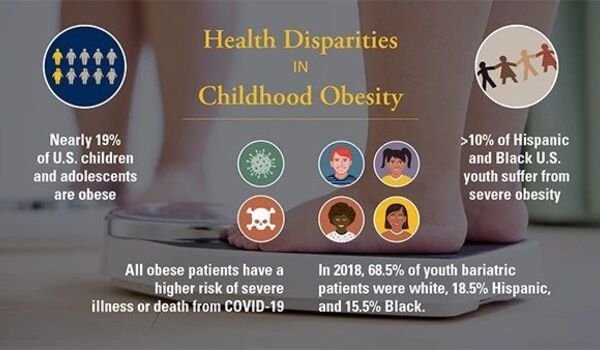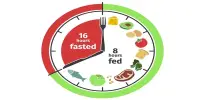Some of the most significant rises in childhood obesity among New York City public school kids in recent years have occurred among socioeconomic and demographic groups already carrying the largest burden of obesity, such as Black and Hispanic students and youth living in poverty. This is the result of a new study published this week in the open-access journal PLOS ONE by Emily D’Agostino and colleagues from Duke University in the United States.
Childhood obesity is a major public health concern that has been linked to chronic health conditions and poor mental health outcomes in adulthood. In the current study, researchers reviewed height, weight, and socioeconomic and demographic data on 1.37 million individual kids in the current York City public school system aged 5 to 15, from 2011-2012 to 2019-2020.
Our study found that overall obesity prevalence has continued to decline among NYC public school youth. However, these findings warrant research exploring the role of the COVID-19 pandemic in childhood obesity in NYC to better evaluate and address disparities.
Emily D’Agostino
Among a survey sample of nearly 600,000 kids in the 2019-20 school year, 20.9% were obese, with 6.4% having severe obesity. Obesity and severe obesity rates declined somewhat from 2011-12 to 2019-20 (2.8% relative decrease in obesity and 0.2% in severe obesity, p<0.001), although Black, Hispanic, and foreign-born pupils experienced increases (p<0.05). Furthermore, almost all groups had an increase in obesity and severe obesity between 2016-17 and 2019-20.
Some of the largest increases in obesity and severe obesity during these years were among those who already had higher prevalence, such as Black and Hispanic students and youth living in very-poor neighborhoods. Although White students experienced a relative increase in obesity prevalence between 2016-17 and 2019-20, the change was less than half that observed among Black students (2.3% vs. 6.5%, both p<0.01).

Racial differences in childhood obesity are an increasing public health problem, reflecting larger social, economic, and environmental inequities. Racial inequities in childhood obesity reflect greater socioeconomic inequalities. To address these gaps, policymakers, community leaders, healthcare providers, and educators must work together to establish environments that promote healthy behaviors for all children.
The authors conclude that differences in childhood obesity are widening, highlighting the need for stronger implementation of equity-centered obesity prevention strategies.
The authors add: “Our study found that overall obesity prevalence has continued to decline among NYC public school youth. However, these findings warrant research exploring the role of the COVID-19 pandemic in childhood obesity in NYC to better evaluate and address disparities.”
















